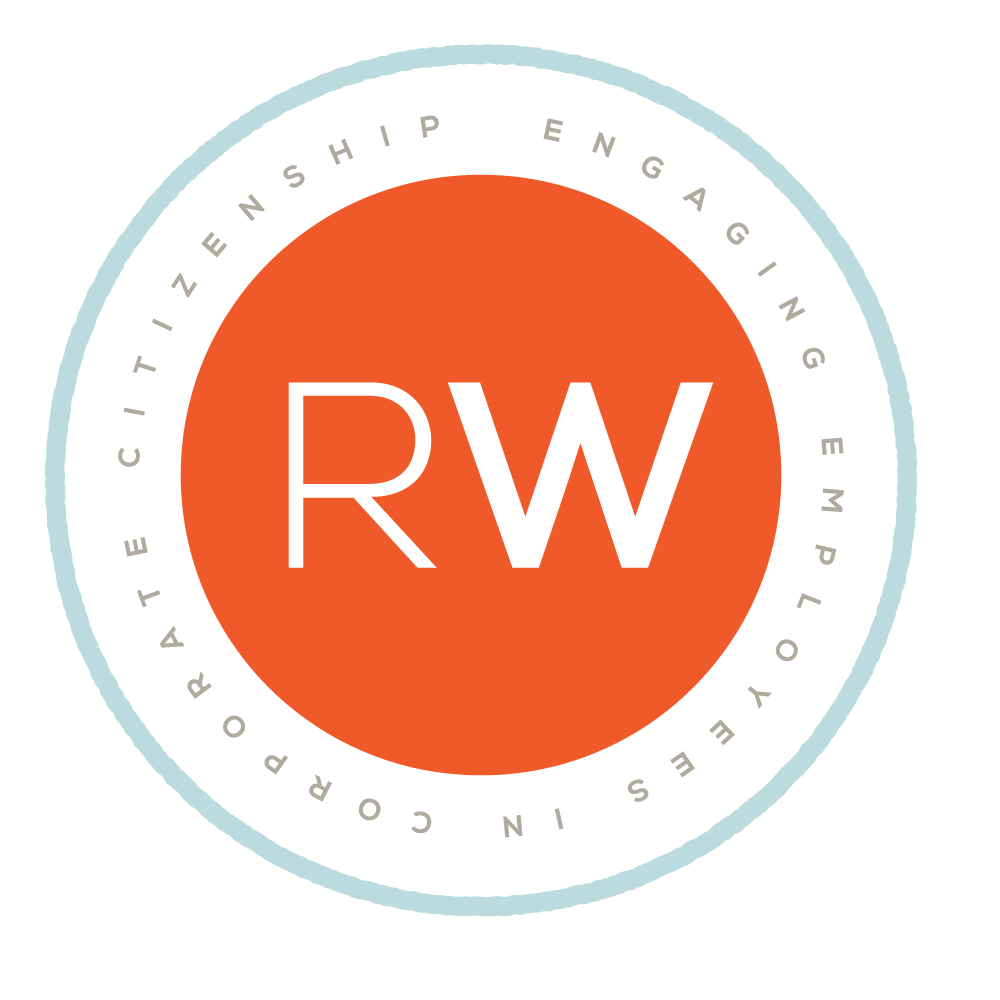The Brand Series Webinar: How Are Major Brands Engaging Employees in CSR?
What's the True Impact of your Employee Volunteering program?
Read more here: The Realized Worth Blog
Target
Target is definitely serious about citizenship. Case in point, their annual CSR report reads like a prize sample! Many reports speak of citizenship programs with noble and eloquent verbiage, but the accompanied boatload of ambiguity makes it difficult to discern what the company actually accomplished. Not Target! In their 2011 report, they state up front that their goal in yearly reporting is to: “explain their progress, indicating whether—and why—we are on track or in need of improvement for specific goals; state new goals and update reporting measurements to match industry standards.” And, they follow the Global Reporting Initiave (GRI) 3.1 framework for their reports to ensure they have some measure of third-party integrity. Gutsy! You get a flavor for their bold, transparent reporting in their stated goals regarding employee volunteering. In 2010, their report stated that employees volunteered 430,000 hours, and declared a goal of making that number 700,000 hours by 2015. In the 2011 report, they noted they were up to 475,000 hours already. These hours included a variety of initiatives dedicated to supporting strong, healthy and safe communities, from renovating elementary school libraries, to donating food to the hungry, to giving blood and responding to disasters. Beyond clear and ambitious goals, Target also understands that however a company wants to engage employees, the company must have a strategy that empowers employees at the grassroots level and leverages the social capital of internal champions. Along these lines, Target has appointed a well-being team and a grassroots network of ‘Well-being Captains’ across the company to share well-being tools and resources, and provide constant encouragement to employees. Target subscribes to the model of well-being articulated by Tom Rath and Jim Harter in their book, “Wellbeing: The Five Essential Elements.” They write, “Wellbeing is about the combination of our love for what we do each day, the quality of our relationships, the security of our finances, the vibrancy of our physical health, and the pride we take in what we have contributed to our communities.” These well-being captains encourage employees to set goals around five areas of well-being, including the fifth goal of giving back to the community. In addition, Target has appointed ‘Community Captains’ at every store. These are proven leaders in their communities for whom volunteering is already a deeply held value. Their job is to rally employees and make service and giving more accessible by offering ‘ready-made’ activities, resources and information.So...What do we really know?
This is all great information, but what does it really tell us? These brands boast great initiatives with impressive numbers - but are they really taking advantage of the power of these programs? A engaging program will reflect not only the activity but will also clearly communicate the impacts of that activity. If you’d like to engage in a dialogue about how to use this kind of data to create a compelling story that will engage your stakeholders and your employees, join us for a 15 minute webinar on October 16 at 12pm EST. (Register here.) In this webinar, Farron Levy of True Impact and Chris Jarvis of Realized Worth will discuss the difference between activities and impacts - and how to talk about your program in a way that goes beyond numbers. Click on the link for more info and to reserve your space.
To read more about our perspective on this topic:
- Don’t Waste Your Corporate Citizenship Story
- A Best Practice: Corporate Citizenship & Storytelling
- Why Nobody (really) Cares How Many Hours Your Employees Volunteered

